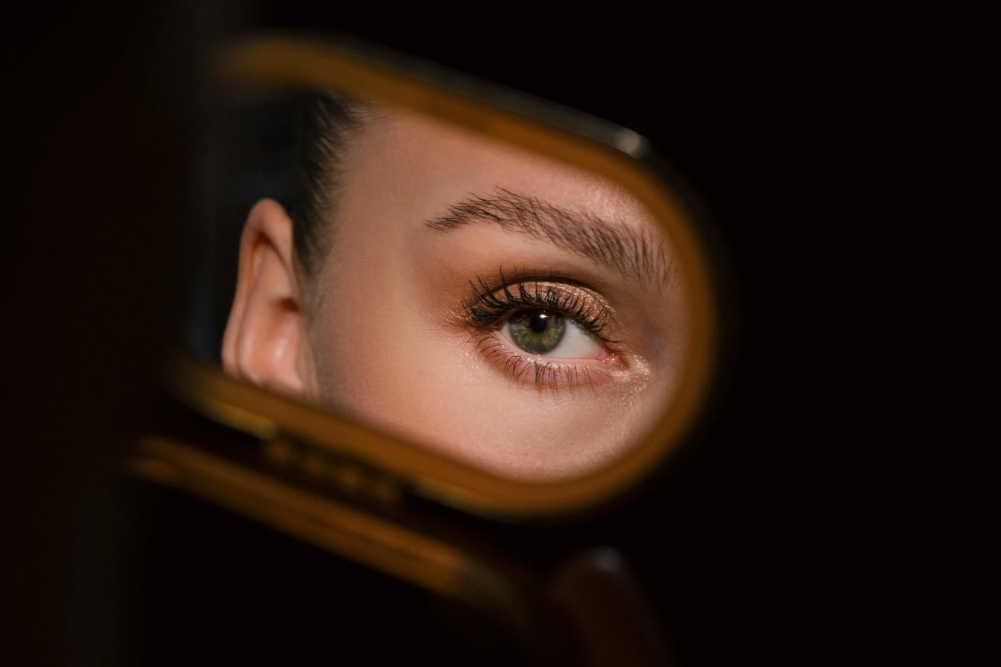Face it
Have you ever laid on a grassy cliff top, a gentle breeze nuzzling its way across your body, your head cradled in your hands and, while watching the clouds meander across an eternity of sky, suddenly found that you were looking at the face of Elvis in a cloud? Perhaps you have been stirring your early morning porridge and seen George Clooney’s face coalesce out of the boiled oats? Maybe you have seen Che Guevara in your yoghurt or Moses in your coffee? If at these moments you have questioned your sanity then fear not, because new research shows that these kind of episodes are quite normal.
In fact, the phenomenon of seeing a face in things like a cloud, rock, tree, pond, table top or potato is so well recognised that it has a name: “face pareidoliaâ€. The term pareidolia comes from the Greek words “para†(meaning “insteadâ€, or in this case “wrongâ€) and “eidolon†(meaning image or shape). While the phenomenon has been known for a very long time – people have been seeing a face on the moon for centuries or even millennia – an explanation has been lacking. So people seeing human faces in what other people see as random data have found themselves questioning their mental soundness, or at least having it questioned for them.
To study facial parodeilia, researchers showed subjects a series of images that were, in their terms, “pure noiseâ€. This means the images were entirely random dots and shapes. The subjects however were told that 50 per cent of the images contained either faces or letters of the alphabet. Although there were no images in the random data, the subjects reported seeing a face 34 per cent of the time and letters 38 per cent of the time. Brain scans revealed some interesting neural activity when the facial parodeilia was taking place but not when the letter recognition was occurring.
It emerged that a part of the cortex called the right fusiform face area (rFFA) which is involved in genuine facial recognition was also active when people thought they were seeing faces that were not there. Essentially, it seems that expecting to see a face causes the rFFA to signal the posterior visual cortex influencing how your brain interprets the stimuli it is receiving from the outside world. So seeing a face in your yoghurt or on the moon doesn’t make you mad, it just means that at some level your brain expects it and the cortex is overriding the actual information that your visual system is receiving.
Yet again the proof is in the pudding, or the yoghurt or the clouds, that believing is seeing.







